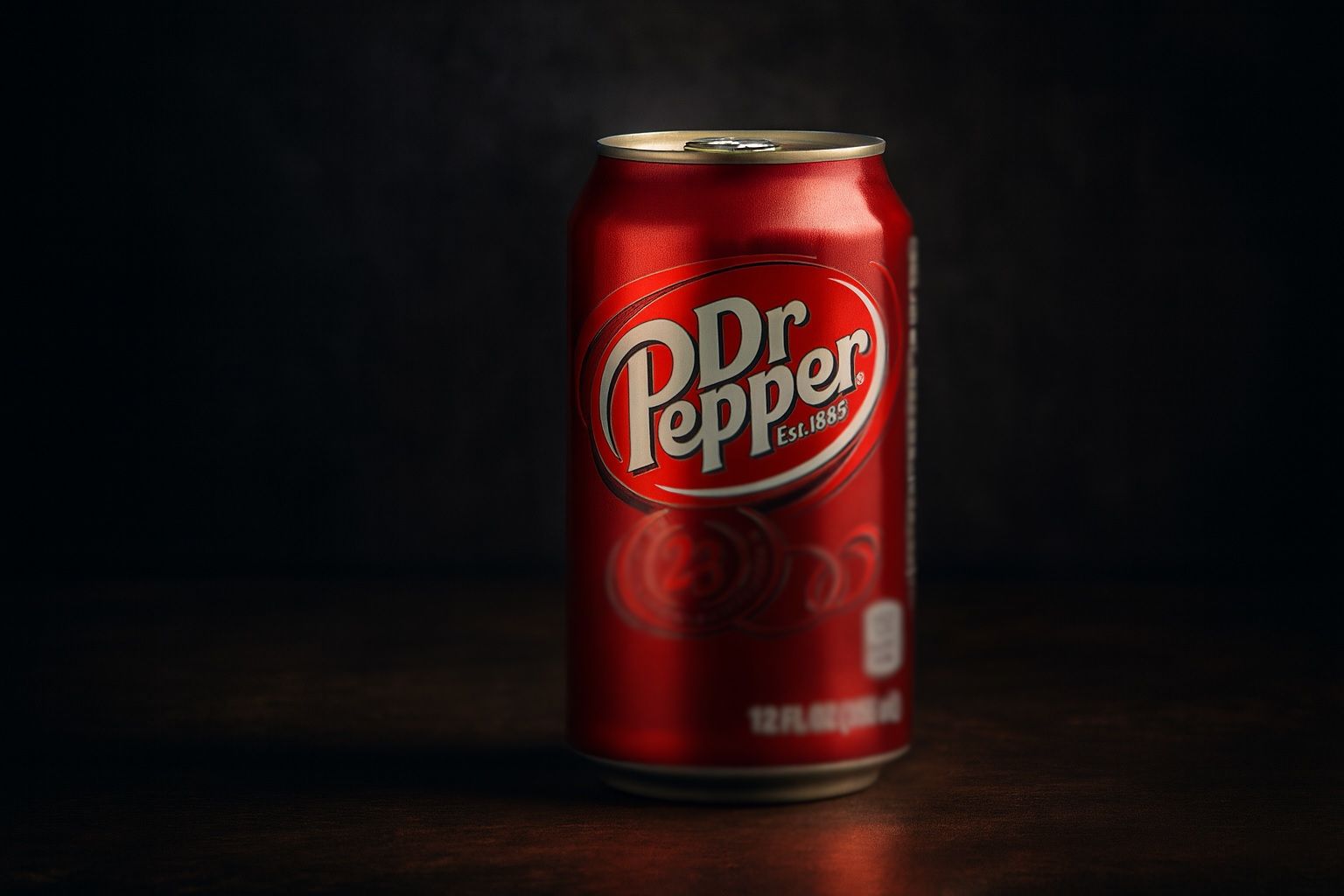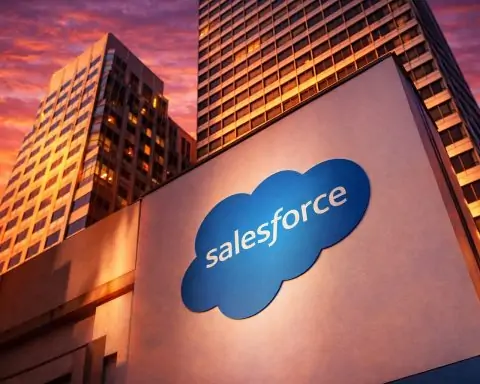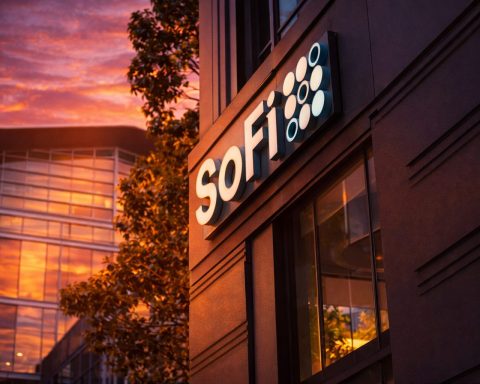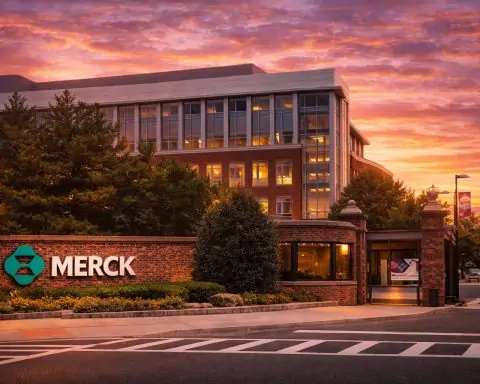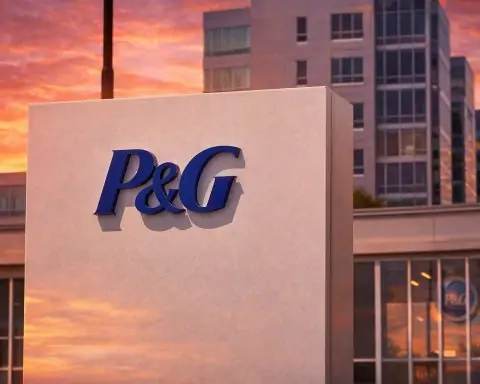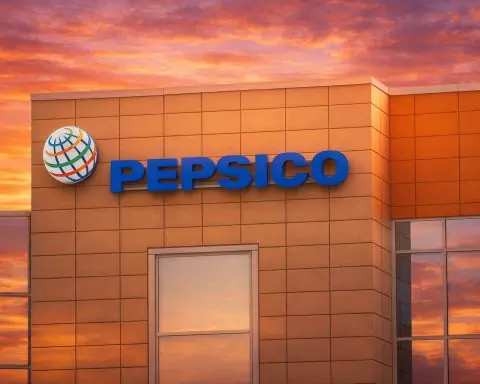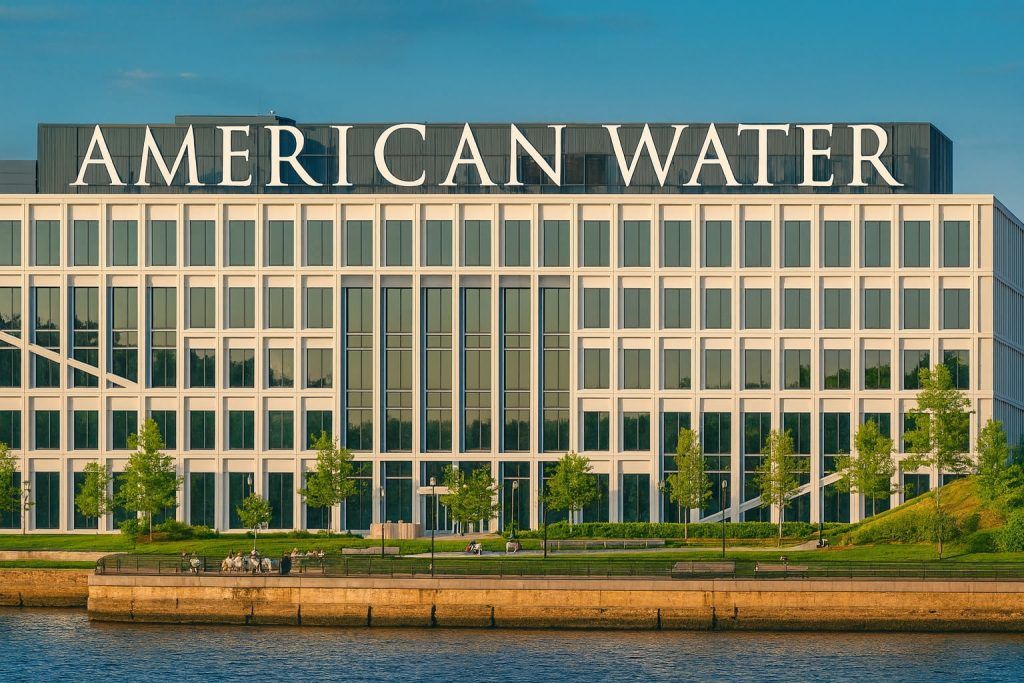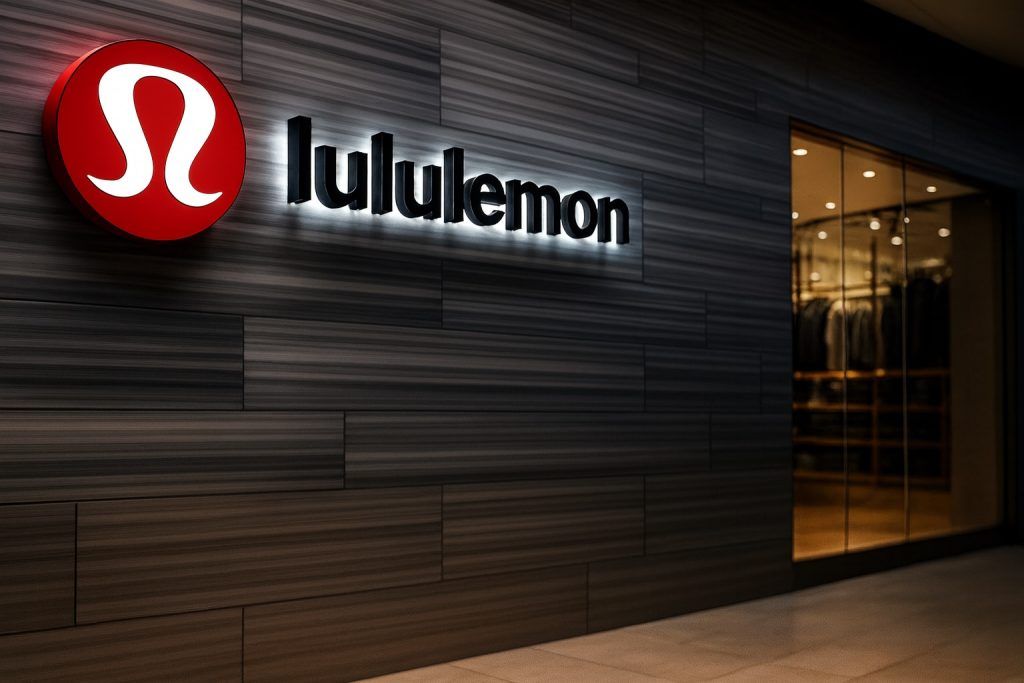- Q3 2025 Results: Net sales $4.31 billion (+10.7% YoY) and adjusted EPS $0.54 (in line) [1] [2]. CEO Tim Cofer touted strong beverage demand and market-share gains, while preparing for the forthcoming JDE Peet’s merger [3].
- Raised Outlook: Management lifted its 2025 net sales growth outlook to the high-single-digit range (from mid-single-digit) [4], while maintaining its adjusted EPS guidance.
- Major M&A: Announced an ~$18 billion takeover of coffee company JDE Peet’s, to be split into two public companies (a North American beverage co. and a global coffee co.) [5] [6]. TechStock² notes KDP “remains a talking point” with this deal and its stock trading under 12× forward earnings [7].
- $7B Financing: Secured $7 billion from Apollo and KKR to support the JDE Peet’s deal [8]. This includes a $4 billion K-Cup pod joint venture and a $3 billion convertible preferred investment, intended to reduce leverage (projected 4.6× net debt/EBITDA) and drive ~10% EPS accretion in year one [9] [10].
- Stock Performance: KDP shares jumped ~5–6% in pre-market trading on Oct. 27 after the announcements [11]. Even after this rally, the stock was roughly flat YTD (around $27–28) and trading near its one-year lows [12] [13]. Analyst consensus remains upbeat with an average 12-month target of ~$34.75 (≈+28% upside) [14].
- Dividend & Valuation: Keurig Dr Pepper yields about 3.4% (annualized $0.92/share) [15] and has increased its payout 5 years running [16]. Its forward P/E (~12×) is below peers (Coca-Cola ~21×, PepsiCo ~16.5×) [17] [18], implying room for multiple expansion if growth accelerates.
Recent Stock Performance
KDP stock has been volatile this month. By Oct. 24 it traded around $27 (about 15% below its 2024 high), reflecting profit-taking and JDE-related uncertainty [19]. On Oct. 27, following the earnings report and acquisition news, shares jumped roughly 5–6% in pre-market trading [20]. Ts2.tech notes the stock was down about 15% YTD as of late Oct [21]. The short-term rally pushed KDP toward $30, but many analysts still see upside (consensus target ~$34.75 [22]). This mid-week surge lifted the week’s gain to ~8.6%, though one-year returns remain negative [23].
Q3 2025 Earnings and Outlook
On Oct. 27, KDP reported strong Q3 results. Net sales rose 10.7% year-over-year to $4.31 billion [24], beating the ~$4.15B consensus [25]. Sales growth was driven by higher volumes in the U.S. refreshment beverages segment, partly thanks to the Ghost energy-drink acquisition. Adjusted EPS was $0.54, in line with estimates [26], and GAAP EPS was $0.49. Free cash flow remained robust (about $528 million for the quarter [27]). Management raised its full-year net sales growth guidance from mid-single-digits to high-single-digits [28] (constant-currency basis), while reaffirming its mid-to-high single-digit EPS growth forecast.
CEO Tim Cofer highlighted the quarter’s execution, saying “strong innovation and in-market execution drove market share gains across key categories, with sales momentum…contributing to solid earnings and free cash flow growth” [29]. He also emphasized that KDP is “focused on sustaining our base business strength while also thoughtfully preparing for the transformation ahead as we first acquire and integrate JDE Peet’s and subsequently separate into two” [30]. In short, the core business is performing well and management is gearing up for the big JDE Peet’s merger and split.
JDE Peet’s Acquisition and Strategic Split
The centerpiece of KDP’s recent strategy is the proposed acquisition of JDE Peet’s (a global coffee-and-tea company) for about $18 billion. This deal, announced in August, would create two standalone companies: a North American beverage company (spinning off the Keurig/Royal Coffee businesses) and a global coffee company (melding Keurig Green Mountain with JDE Peet’s international coffee brands). Keurig says the split will complete by the end of 2026 [31] [32].
Management and analysts believe this separation could unlock value. As Cofer put it at an Oct. 27 investor day: the transaction will create “two winning companies – a global coffee powerhouse and the most agile North American beverage leader” [33]. TechStock² echoed this, noting KDP “remains a talking point after its $18 billion plan to acquire JDE Peet’s and split into two” [34]. The split aims to let investors value each business on its own merits; KDP’s beverage arm could enjoy a higher P/E (it was trading under 12× [35]) as a pure-play drinks company, while the new coffee company would gain scale internationally.
Financing and Capital Structure
To fund the JDE deal and de-lever the balance sheet, KDP arranged new strategic investments totaling $7 billion. Reuters reports that KDP has “raised about $7 billion from Apollo and KKR to reduce the debt burden” ahead of closing [36]. At the investor day, management confirmed two major components: (1) a $4.0B joint-venture (Apollo/KKR-led) to build a new K-Cup pod manufacturing facility, in which KDP retains control [37]; and (2) a $3.0B convertible preferred stock placement (Apollo/KKR co-led) that will fund both KDP and the future Beverage Co. The preferred stock has a conversion price of $37.25 (a ~41% premium to pre-announcement levels) and pays a 4.75% dividend [38]. These moves push projected net leverage to about 4.6× post-close (1.0× lower than prior forecast) while aiming for ~10% EPS accretion in year one [39].
In summary, KDP has effectively reduced acquisition risk by partnering with private investors. Apollo’s and KKR’s involvement also signals confidence: Apollo’s Partners said their $7B commitment “reflect[s] deep conviction in both Global Coffee Co. and Beverage Co.” [40]. The funding deals were structured to preserve KDP’s investment-grade credit profile and buy time to integrate JDE Peet’s.
Dividend, Valuation and Peer Comparison
Keurig Dr Pepper remains a shareholder-friendly name. The stock yields about 3.4% (annual dividend $0.92) [41] and has raised its dividend for 5 consecutive years [42]. The payout ratio is high (~80% of earnings [43]), reflecting steady cash generation from a mature business. The company also conducts modest buybacks (recent filings show small repurchases) and has ample cash flow (free cash flow was ~$0.5B in Q3).
On valuation, KDP trades at a forward P/E in the low teens. TechStock² notes KDP is “trading under 12x forward earnings” [44], vs. Coca-Cola (KO) at ~21× and PepsiCo (PEP) ~16.5× [45]. This discount partly reflects KDP’s higher leverage and less global diversification. However, with the de-leveraging transactions and growth in energy drinks, many argue a multiple re-rate is possible.
By comparison, Coca-Cola (KO) just reported Q3 net revenues of $12.5B (organic +6%) and EPS of $0.86 (GAAP) [46]. KO’s stock jumped ~3% on its earnings beat [47], and it targets ~5–6% revenue growth for 2025. PepsiCo’s Q3 sales were $23.94B (slightly above forecasts) and it also exceeded EPS estimates [48], partly helped by international snack demand. Both KO and PEP are grappling with inflation and tariffs; notably, PEP’s CEO has been under pressure from Elliott Management to unlock value, and PEP trades at a higher P/E than KDP [49].
Another peer is energy-drink maker Monster Beverage (MNST), whose stock has rallied roughly 30–33% in 2025 on strong demand (its share closed around the high $60s in mid-Oct). Like KDP’s Ghost brand, Monster benefits from the booming energy category. If KDP’s combined growth in coffee (via JDE) and beverages pans out, it could approach Monster’s dynamism on a larger scale.
Analyst Commentary and Forecasts
Wall Street analysts are cautiously optimistic on KDP. A consensus of ~17 analysts rates KDP a “Buy” on average, with a 12-month price target around $34.75 (+28%) [50]. Price targets range broadly (some firms see $42+, others ~$24), reflecting mixed views on the JDE deal. For example, JP Morgan’s target is ~$36 [51] while Goldman Sachs recently cut its target to $29 (and a Hold rating) citing near-term risks [52].
Some skeptics worry about the expanded coffee exposure and leverage. GuruFocus notes TD Cowen analyst Robert Moskow has expressed “skepticism” on whether the JDE deal’s added debt and coffee markets justify the price [53]. On earnings, Carnegie’s Greg Halter called the Q3 beat “mildly encouraging” but pointed to larger long-term issues [54].
Overall, the market seems to be wagering on execution. Analysts factor in roughly mid-single-digit earnings growth (net of dilution) after the deal, whereas some aggressive forecasts see double-digit EPS expansion if cost cuts and volume growth materialize [55]. The average estimate for FY2025 EPS (continuing ops) is about $2.06 [56], with analysts expecting ~$2.20 in FY2026.
Outlook for Investors
In the short term, KDP shares may remain volatile as investors weigh integration execution. The planned spin-off means KDP will carry higher debt until separation, and antitrust/regulatory approvals for the JDE deal are still pending. However, the near-term stock pop suggests optimism that the risk is manageable.
For long-term holders, KDP offers a blend of stable cash flow and strategic optionality. The beverage business (drinks, mixers, energy, etc.) has been resilient — volumes are growing in key categories. The coffee business (Keurig single-serve systems) is still recovering from price/mix pressures, but merging with JDE could make it a leader globally. If KDP successfully executes the carve-out, analysts believe the combined value of the two entities could exceed today’s market cap.
Investors should also consider the dividend: at ~3.3% yield, KDP provides income while waiting for potential upside. In this sector, KDP is a middle-of-the-pack dividend payer (KO and PEP yield ~3% each; Monster yields ~0.4%). Ultimately, the jury is out on whether KDP’s ambitious strategy will pay off, but sources conclude the risk/reward is tilted toward upside, especially if consumer trends (premium coffee, energy drinks) remain strong and leverage falls [57] [58].
Sources: Keurig Dr Pepper Q3 earnings press release [59] [60]; Reuters (Oct 27, 2025) [61] [62]; TechStock²/Ts2.tech [63] [64]; StockStory (Oct 27, 2025) [65] [66]; GuruFocus (Oct 27, 2025) [67]; Koyfin dividend data [68] [69]; StockAnalysis (Oct 2025) [70] [71]; Coca-Cola Q3 press release [72]; Reuters on PepsiCo [73] [74].
References
1. www.keurigdrpepper.com, 2. stockstory.org, 3. www.keurigdrpepper.com, 4. www.keurigdrpepper.com, 5. www.reuters.com, 6. www.keurigdrpepper.com, 7. ts2.tech, 8. www.reuters.com, 9. www.keurigdrpepper.com, 10. www.keurigdrpepper.com, 11. www.reuters.com, 12. www.gurufocus.com, 13. ts2.tech, 14. stockanalysis.com, 15. www.koyfin.com, 16. www.koyfin.com, 17. ts2.tech, 18. www.reuters.com, 19. www.gurufocus.com, 20. www.reuters.com, 21. www.gurufocus.com, 22. stockanalysis.com, 23. ts2.tech, 24. www.keurigdrpepper.com, 25. stockstory.org, 26. stockstory.org, 27. www.keurigdrpepper.com, 28. www.keurigdrpepper.com, 29. www.keurigdrpepper.com, 30. www.keurigdrpepper.com, 31. www.reuters.com, 32. www.keurigdrpepper.com, 33. www.keurigdrpepper.com, 34. ts2.tech, 35. ts2.tech, 36. www.reuters.com, 37. www.keurigdrpepper.com, 38. www.keurigdrpepper.com, 39. www.keurigdrpepper.com, 40. www.keurigdrpepper.com, 41. www.koyfin.com, 42. www.koyfin.com, 43. www.koyfin.com, 44. ts2.tech, 45. www.reuters.com, 46. investors.coca-colacompany.com, 47. www.investopedia.com, 48. www.reuters.com, 49. www.reuters.com, 50. stockanalysis.com, 51. stockanalysis.com, 52. stockanalysis.com, 53. www.gurufocus.com, 54. www.reuters.com, 55. ts2.tech, 56. stockanalysis.com, 57. www.keurigdrpepper.com, 58. www.gurufocus.com, 59. www.keurigdrpepper.com, 60. www.keurigdrpepper.com, 61. www.reuters.com, 62. www.reuters.com, 63. ts2.tech, 64. ts2.tech, 65. stockstory.org, 66. stockstory.org, 67. www.gurufocus.com, 68. www.koyfin.com, 69. www.koyfin.com, 70. stockanalysis.com, 71. stockanalysis.com, 72. investors.coca-colacompany.com, 73. www.reuters.com, 74. www.reuters.com
